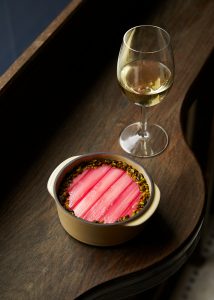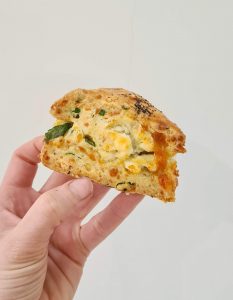Inspired by low-key coastal dining from around the world, restaurateur Kurt Zdesar’s latest venture, Bouillabaisse, is a paean to all things piscine
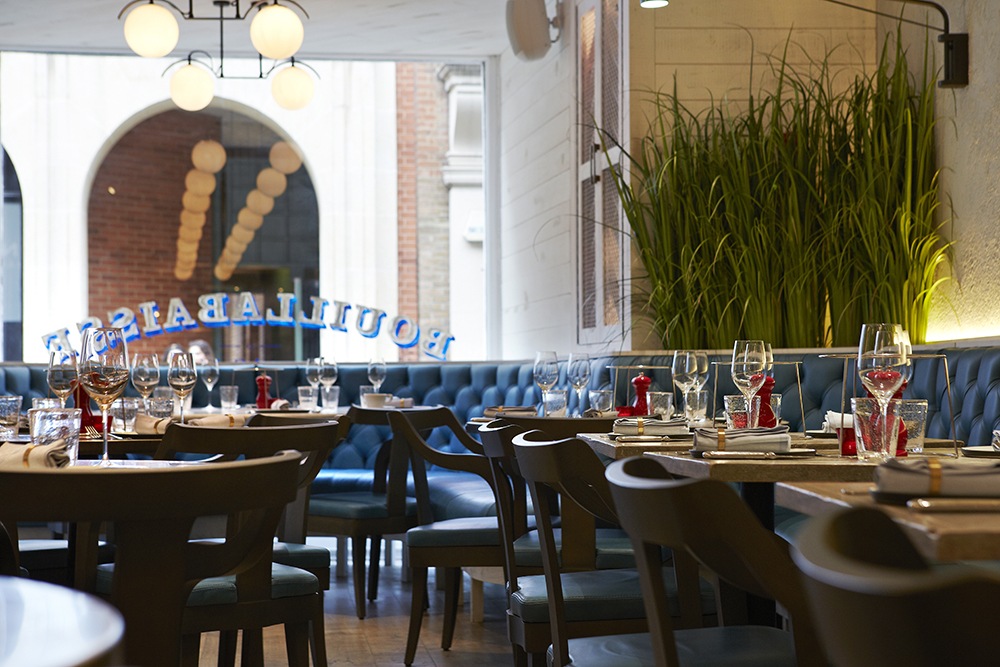
Kurt Zdesar is a difficult man to pin down. These days, Zdesar is running numerous restaurants worldwide, splitting his time between Europe and the Middle East; the last time we were scheduled to meet he had to make a last minute business trip to Dubai.
The celebrated restaurateur moved to the UK from Australia when he was 14, working his way up from McDonald’s to establishing the first European outpost of Nobu in London, earning a Michelin star within a year of opening – the UK’s first for Asian cuisine.
When I did catch some time with Zdesar, we met at Chotto Matte, his Nikkei (Japanese/Peruvian fusion) restaurant in London, and discussed the difficulties of operating in the British capital, the role of the modern restauranteur and his latest project: Mayfair fish restaurant, Bouillabaisse.
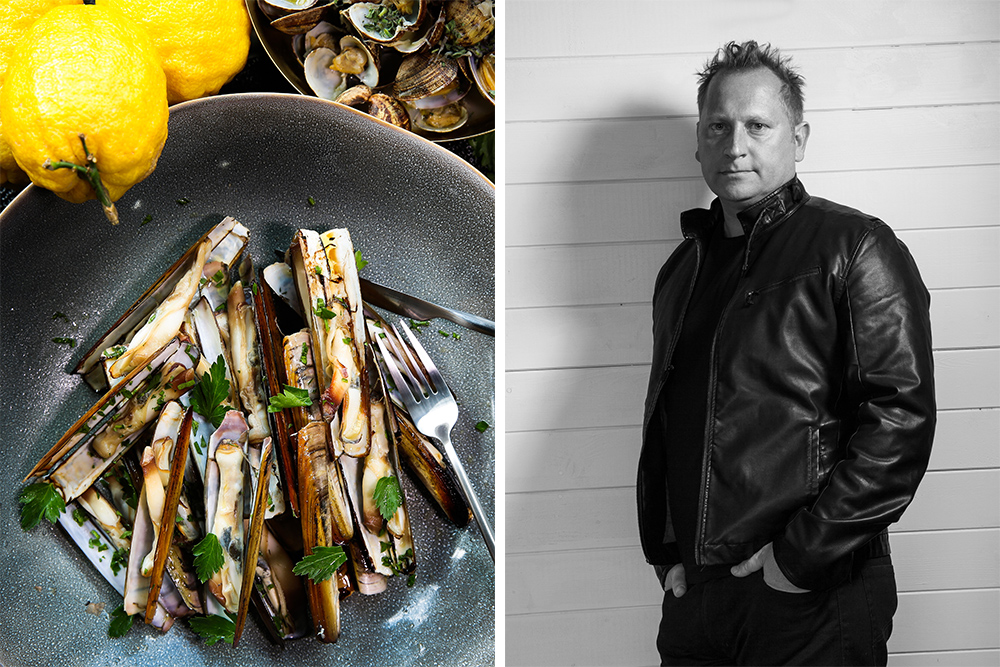
How did you come to be a restaurateur? Is it something you always wanted to do?
If I look back it was always on the cards and I didn’t know it. I’ve always loved different types of cuisine. When I was younger, I used to pick which friend I would see on the weekend depending on whether their mother was a good cook or not. Then, as I got older, I imagined marrying a Chinese or Italian woman because of the food they would have cooked.
I’ve always been entrepreneurial. At first I was a chef, but then I saw the waiters getting their tips every night, so I went out on the floor and was walking around with wadges of cash. I was motivated mostly by money in a business I loved, and I got to eat well. Then I became management and I ate even better.
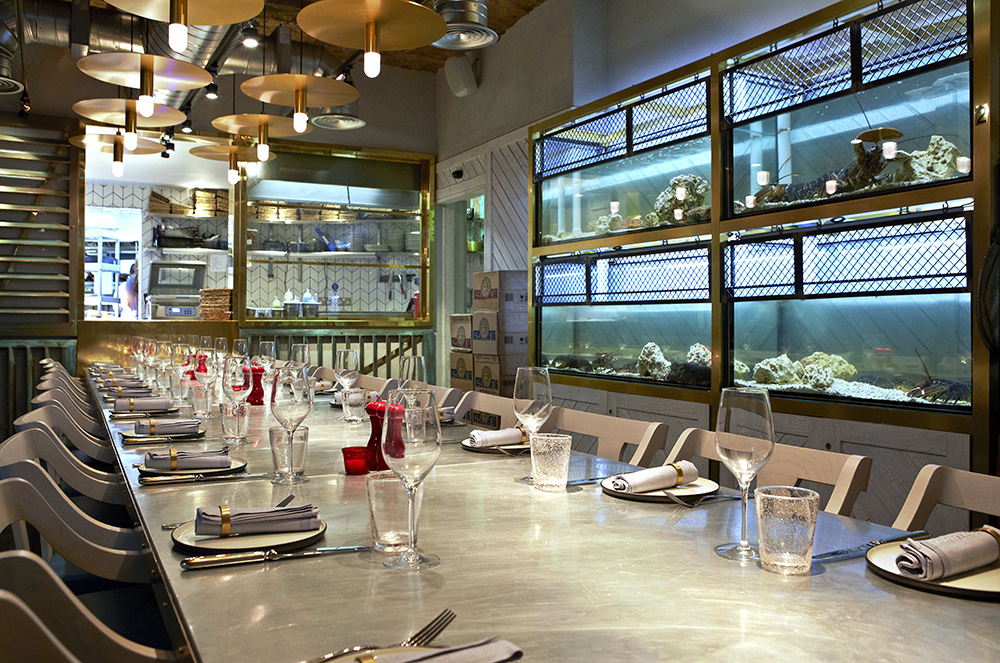
Could you explain the role of a restaurateur? What skills you need?
As a restaurateur I come up with the concept, I provide the vision. When I first design the menu, there’s an image bank that I will start to draw from; if you look at my phone, it’s all food from years of eating in restaurants around the world. What I can’t do, however, is describe flavour, so I have to work closely with a really talented chef and bring them on a journey with me, which is what I did in the case of Bouillabaisse.
You also need an attention to detail… everything speaks. If we use a black napkin or a silver tray or crystal glasses, it all sets a perception of what you’re about the experience. Then there’s a service standard. When a customer comes in. are we topping up the glass or not touching the bottle? Is the waiter saying ‘yes sir, no sir’? It’s about understanding these differences and knowing they can make a big impact.
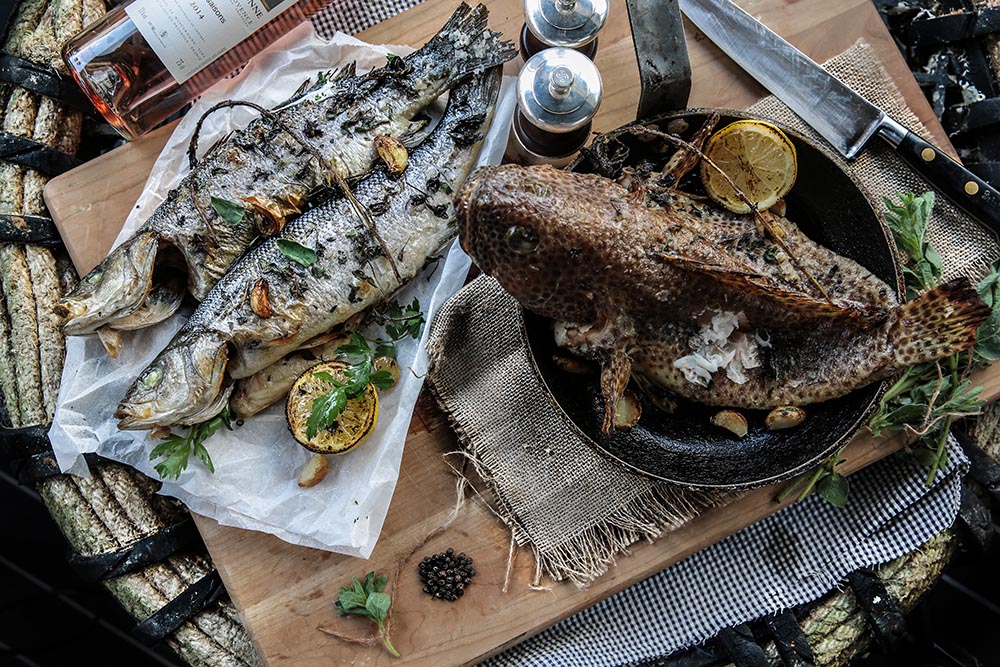
What was the idea behind Bouillabaisse?
It’s more a passion project rather than anything else. I’ve always been passionate about seafood. At the same time there’s so much controversy surrounding meat, and fish is becoming ever more present in our diets.
Were there any specific influences with Bouillabaisse?
A lot of what Bouillabaisse is, is inspired by these romantic experiences of eating in fish restaurants around the globe. One of my favourite restaurants is in Mykonos, for example. They have no electricity, no reservations. They open at 1pm but you queue from 12pm. It’s rustic – wooden pillars with vine leaves over the top, cats coming to you for scraps, communal seating – and the food is so good, it’s pure and honest. I was like, ‘why can’t I get this in the UK?’
I’ve had these great experiences around the world and I wanted to bring them to Mayfair, where everything is slightly formal, put on these big trays of fish and encourage everyone to relax and dig in.
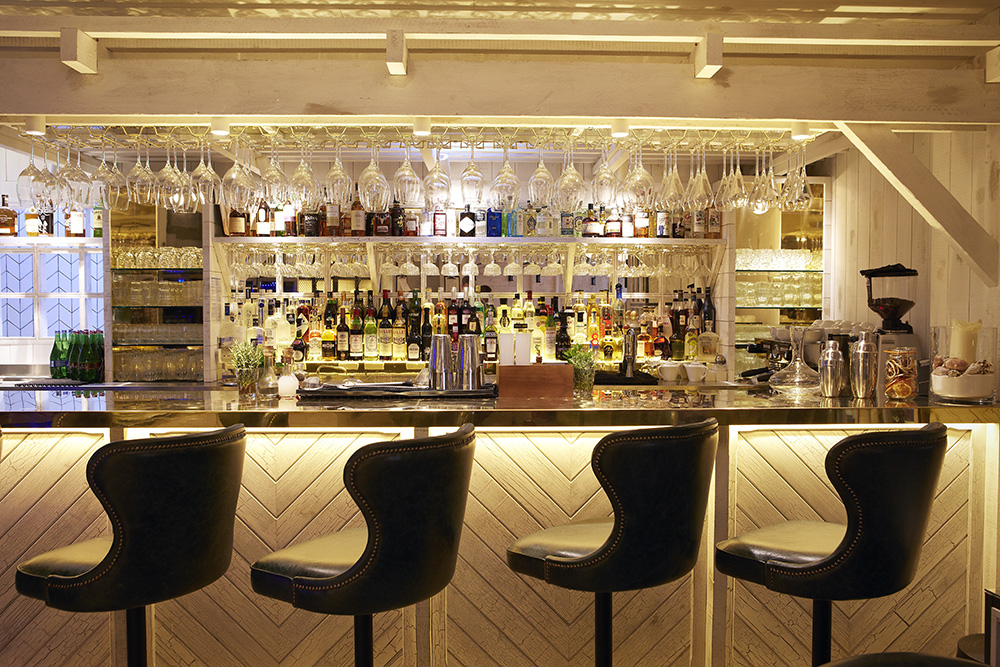
How do you source the fish?
It’s a tough job, actually. When I was in Antigua there was this place I went to so frequently because everything was so fresh. The fishermen came off the boat, struggling with these ice boxes because they were full of fish, and it went straight up on the blackboard. The fish I ate I couldn’t have had fresher. That was the biggest key: how to get it fresh.
With Bouillabaisse, we had to go and meet the fishermen. Not knowing where the fish came from made it hard for us to ensure that what we were giving our customer was the best we could find, that it was the most sustainable and that we could get it in the restaurant the same day as it was caught.
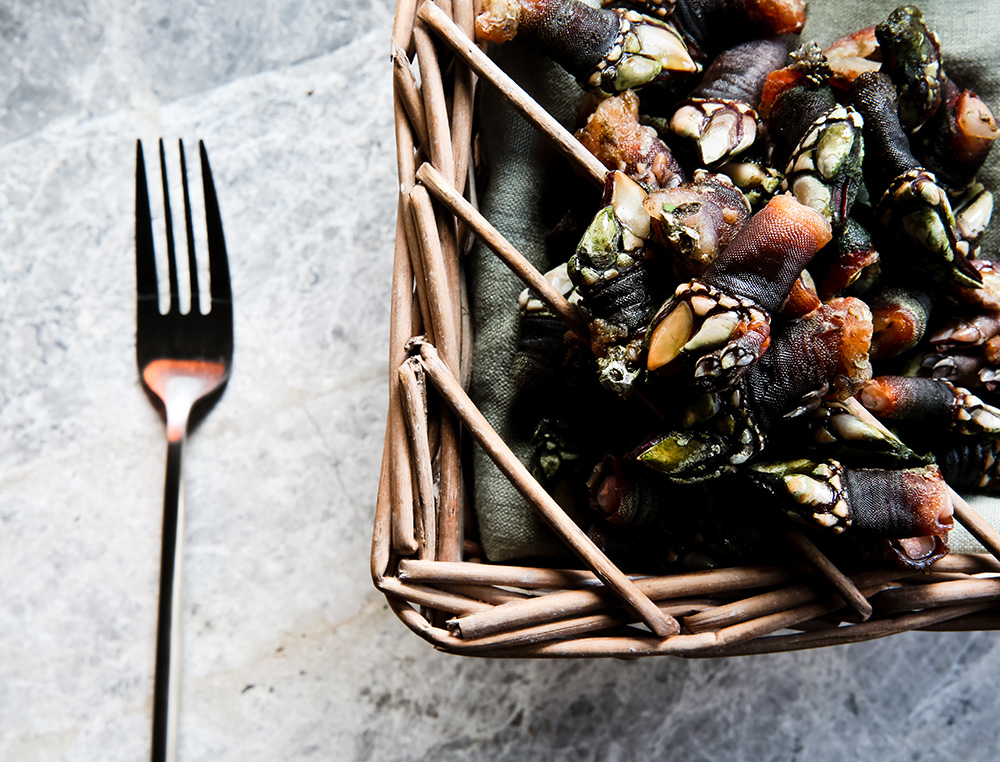
What trends are you observing in London’s restaurant scene today?
I’m seeing more and more single-concept restaurants. If I had one product and 10 chefs producing it, I could probably feed as many people as we feed today with a team of 45 chefs because they have to handle such a massive menu, with all these ingredients.
How do you, not running single concept restaurants, balance the quality of the food you put on with the reality of what you can afford?
You have to find that balance, but we simply have to create the best product we can because the customer is getting more and more discerning. Everyone’s getting more informed. On TV you’ve got chefs on every channel – a morning kitchen, a Saturday kitchen, etc. – and everyone’s a chef. We eat out more than we ever have and fewer people are cooking at home (although on average, kitchens are getting bigger). There is a demand for good food and we have to meet that demand.
Photography courtesy of Bouillabaisse



